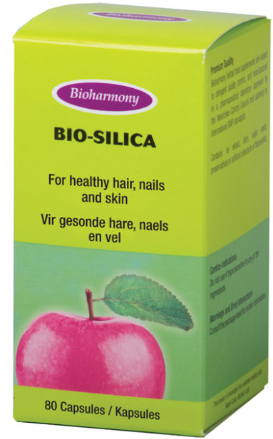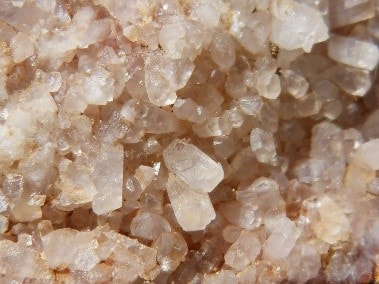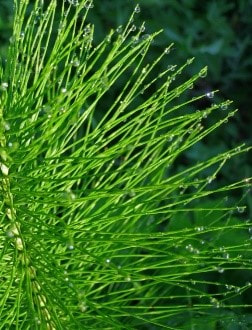|
Correct, in many parts of the world, the main component of sand is silica. In fact, silica is the second most abundant element on the planet – the most abundant is oxygen.
According to Wikipedia, silica is most commonly found in nature as quartz. Silica is astonishingly useful. It is the main ingredient in the production of glass and optical fibres. In food production it is used as an anti-caking agent in powdered foods like spices and non-dairy coffee creamer. It is even used in the manufacture of wine, beer and juice to help remove particles in the liquid. It aids the powder flow when tablets are formed and because of its natural absorbency, it’s used in cosmetics and toothpaste. And it makes great cat litter. So how do we get it? Silica, in the form of silicon dioxide, reacts with water in the soil to form small amounts of Orthosilicic Acid (OA) which plants can absorb. Some of the plants that contain a good quantity of silica are avocados, flaxseeds, onions, wheat, rice, cucumbers, alfalfa, beets, brown rice, leafy green vegetables, whole grains, bell peppers, soybeans, bamboo, and the herb horsetail. The problem is that we aren’t benefiting too much. The silica content in foods has diminished over the years because of over-production of land, food processing and the way we cook food. When plants absorb silica from the soil, it does not go to every part of the plant, it tends to be deposited in the parts which we remove, e.g. the outer part of grain which is shed prior to grinding the grain into flour. So why do we need it? Well, it helps to hold us together; silica is the key ingredient in collagen. Collagen makes up about 75% of the dermal layer of the skin and is responsible for its elasticity and resilience. As collagen decreases, wrinkles form, so silica slows down the skin’s ageing process. Internally, silica is one of the trace minerals that your bones must have to improve their strength and density. Bone tissue is composed of silica, along with calcium and magnesium, which gives it strength. Silica also helps to build healthy hair and nails. It is of benefit in high blood pressure, arthritic pain and for strengthening gums and teeth. Comments are closed.
|
AuthorI've been fascinated in Traditional Chinese Medicine since the late '90s when my reflexology course introduced me to the meridians. Since then I've thoroughly enjoyed learning more about most things holistic. Archives
May 2021
Categories |



 RSS Feed
RSS Feed